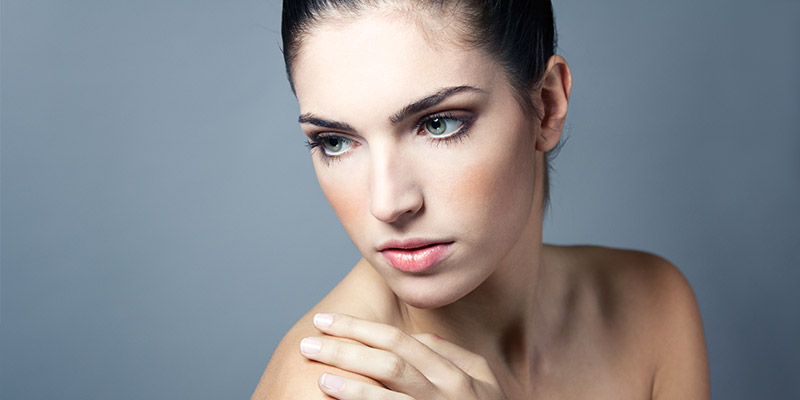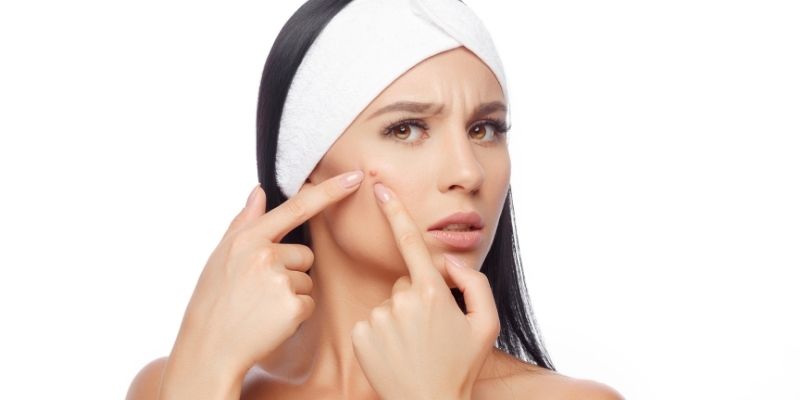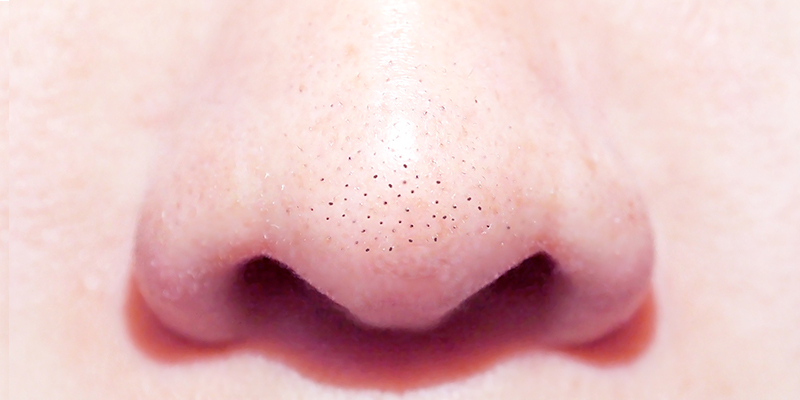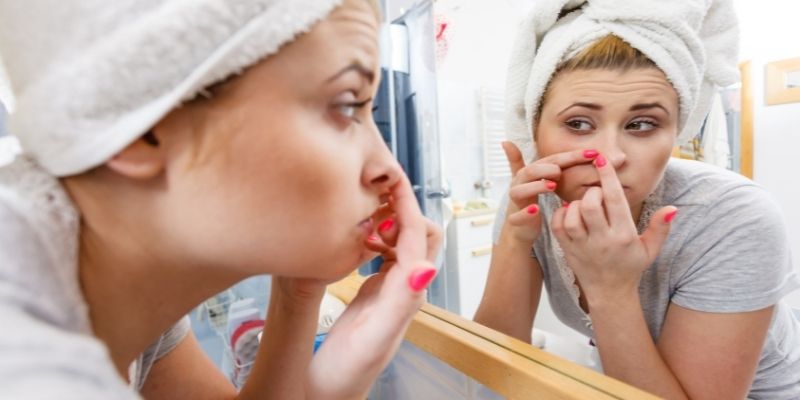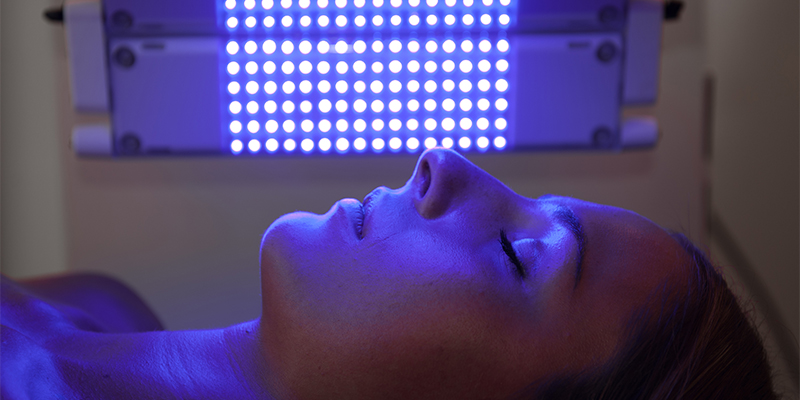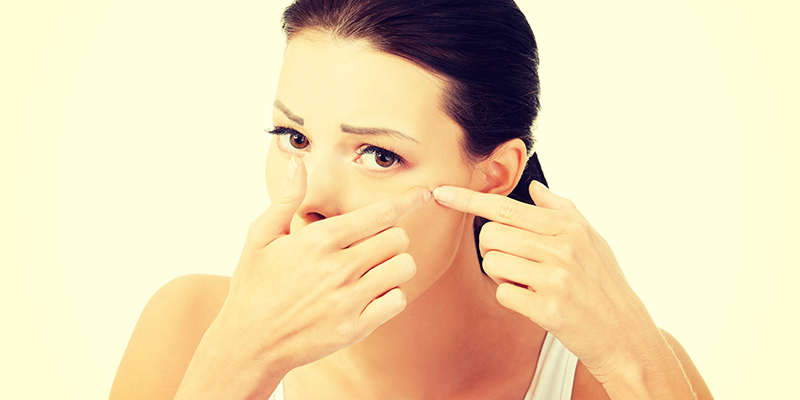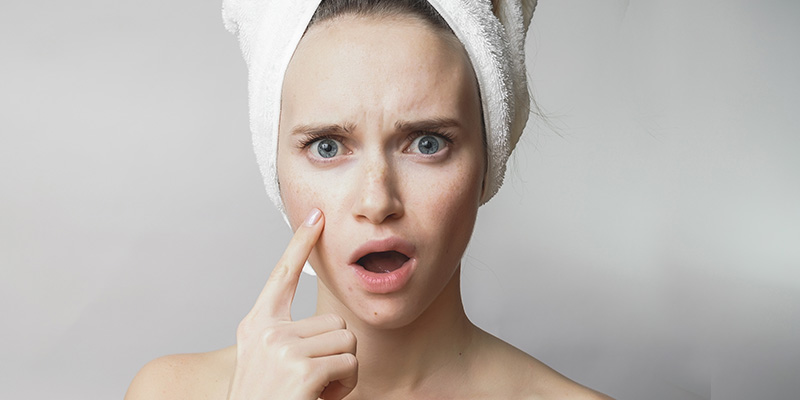How To Get Rid Of Back Acne?
Back acne is a common condition affecting teens and adults. ‘Bacne’ can be challenging to treat and a significant aesthetic concern for men and women as it may lead to scarring if left untreated. If you, too, are having back acne, learn about its potential causes, symptoms, preventive measures and treatments right here!
What Is Back Acne?
Back acne refers to breakouts on the upper or lower back, which tend to cluster around the body’s mid-line. Also called bacne, it affects more than half the people who have face acne. This form of truncal acne affects men and women across various age groups, including teenagers and adults. If left untreated, they may cause permanent scars.
Must Read: Medications, Peels And Extraction For Acne
What Causes Back Acne?
There are many reasons for back acne. Still, the primary cause is excess sebum production by the oil glands, which triggers the proliferation of bacteria and clogging of pores along with the dead skin cells. Here are the other causes of pimples on the back:
- Hormonal Changes: Most cases of acne on the back go hand in hand with hormonal flare-ups, which are common during puberty, menstruation and pregnancy. A surge in androgen levels can trigger breakouts, especially in women with Polycystic Ovary Syndrome (PCOS). Men with excessive testosterone levels, too, may be prone to back acne.
- Mechanical Factors And Hygiene: The back is a neglected area prone to sweat, oils, pressure, friction, and occlusion. You must keep it clean and hydrated to keep it acne-free. If you experience regular yet mild acne in the form of blackheads and whiteheads but your hormone levels are normal, try to follow a regular skincare regimen to keep your back clear. If you notice an increase in back acne after a workout, then the sweat accumulation could be a possible trigger, and maintaining hygiene may help.
- Heredity: If your family members had pimples on the back, then the chances are that you are prone to getting them, too.
- Stress: This can indirectly trigger pimples by influencing the physiological functions of the body. The hormonal imbalance due to stress might be the cause of back acne.
- Medications: Certain medications can trigger back acne as a side effect, such as anti-depressants.
Must Read: Why Is Your Face Breaking Out?
What Are The Symptoms Of Back Acne?
The symptoms of bacne may vary based on the severity of the skin condition. Only a qualified dermatologist can diagnose the grade of back acne and classify it as mild, moderate or severe.
Back acne can have different types of lesions like:
- Blackheads and whiteheads or open and closed comedones
- Red, inflamed and blood-filled bumps without a “head” or papules
- Pus-filled bumps or pustules
- Nodules or hard bumps and cysts or soft bumps, which are the severe types of acne located below the skin
When To See A Dermatologist?
You should see a dermatologist for your back acne if you have the following:
- Persistent back acne for more than 2-4 weeks
- Recurrent breakouts on the back
- If you are having severe pain, discomfort or fever due to bacne
You notice your acne is worsening, and you have stubborn and painful hard nodular or soft cystic acne
Best Back Acne Treatments
You must consult a qualified dermatologist to seek an accurate diagnosis of the cause and type of bacne and safe and effective treatment. Here are some of the many anti-acne medicines and clinical procedures available to get rid of back acne:
- Topical Agents: Most treatments suggested by dermatologists involve topical creams, washes and lotions that you should apply directly to the skin. This is usually the first line of treatment. Many over-the-counter creams that can effectively treat mild to moderate acne are available in the market. Benzoyl peroxide is a popular ingredient in anti-acne face and body washes. Salicylic acid applicants can also help reduce acne inflammation. Other active creams and lotions include antibiotics like dapsone, retinoids like adapalene and trifarotene (new) and a new topical androgen inhibitor clascoterone.
- Oral Medications: If you have severe acne with cysts and nodules, dermatologists may prescribe oral medications. The most common oral medicines for back acne include the following:
-
- Antibiotics: These prescription medications help to reduce pain and inflammation associated with moderate to severe acne. It can help minimise the risk of recurrence and scarring.
- Birth Control Pills: These are particularly effective for correcting any underlying hormonal imbalance triggering back acne. Your dermatologist may prescribe it if you are having PCOS and acne on the back.
- Isotretinoin: This is a powerful oral medicine used for treating severe back acne. Your dermatologist may continuously prescribe it for a few weeks or months, but its anti-acne effects are long-lasting. However, its prolonged use involves significant side effects such as depression, joint pain, dryness and more. So, you must strictly take it under medical supervision.
- Advanced Skin Procedures: For larger cysts or severe acne, your dermatologist may recommend advanced skin procedures that include the following.
- Chemical Peels: Dermatologists use different types, concentrations, and depths of peels depending on the severity of back acne:
-
- Glycolic Peel: It helps treat back acne and minimise uneven skin tone while inducing skin repair.
- Salicylic Acid Peel: This superficial peel treats active acne. It is usually suitable for all skin types. It helps eliminate excess sebum and unclogging pores. The peel also helps in improving skin texture.
- Light-based Treatments: There are multiple options for treating back acne with lasers like IPL, photodynamic therapy, and light-based therapies like LED masks. The efficacy is variable, but these procedures may help anyone who has acne and is not taking oral medicines.
Watch the Video: Exploring Chemical Peel Treatment
DISCLAIMER:
Please note the above medications and advanced procedures require strict medical supervision. Strictly follow the doctor’s prescription on dosage and duration of medicines and the number and frequency of procedures and pre- and post-care to avoid severe side effects.
Top 8 Tips To Prevent Back Pimples:
Here is how you can prevent back pimples:
- Exfoliate: Use a gentle body scrub containing salicylic acid to slough off dead cells and dirt to prevent clogging of pores and breakouts.
- Shower After Exercise: Don’t let the dirt or sweat clog your pores after a workout. Always make it a habit to take a shower after exercising.
- Keep Your Hair Tied Up: Long, untied hair may make your back oily and dirty, causing acne. So, tie a ponytail, especially during a workout session.
- Change Your Sheets And Pillowcases Weekly: Pillowcases and sheets may be swarming up with bacteria, so it is important to change them weekly and keep acne at bay.
- Wear Loose-Fitting Clothes: Wear loose, cotton clothes while working out to prevent back acne.
- Have A Healthy Diet: Foods having high glycaemic content, such as refined flour, white pasta, sugar and colas, can trigger acne and you should skip them. Eat loads of green veggies, whole grains and fruits to improve your skin health.
- Choose Mild Non-Comedogenic Skin Care Products: Avoid using harsh chemical-based products that may irritate the skin. Also, use oil-free skin care products that are non-comedogenic and suitable for your skin type. Use sunscreen to protect your back from the sun when you are outdoors.
- Resist The Temptation To Pick Back Acne: Avoid popping acne on the back, as it will cause scarring.
Now you know all about the causes, symptoms and treatments of back acne. If you have been following the preventive tips but your bacne seems to be recurring or worsening, it is time to consult a qualified dermatologist and seek a customised solution.
Keep reading for more interesting and informative content on skin and hair health!
Our certified subject matter experts do extensive research and collate facts from reputed scientific journals and international studies to create informative and engaging articles related to all your dermatology concerns. They strive to help you decipher medical jargon, distinguish fact from fiction and overcome paranoia. Our qualified medical board or expert panel goes a step further to verify these facts based on their rich academic knowledge, vast clinical experience and critical industry insights to ensure you consume only medically accurate content that empowers you to make informed decisions about your hair and skin-care treatments and weight management. Check out our Editorial policy for further details
https://www.ncbi.nlm.nih.gov/pmc/articles/PMC9267677/https://www.niams.nih.gov/health-topics/acne
https://pubmed.ncbi.nlm.nih.gov/20645523/
https://www.ncbi.nlm.nih.gov/pmc/articles/PMC6122512/
https://pubmed.ncbi.nlm.nih.gov/30802558/
https://pubmed.ncbi.nlm.nih.gov/32348828/
https://www.aad.org/public/diseases/acne/derm-treat/lasers-lights






